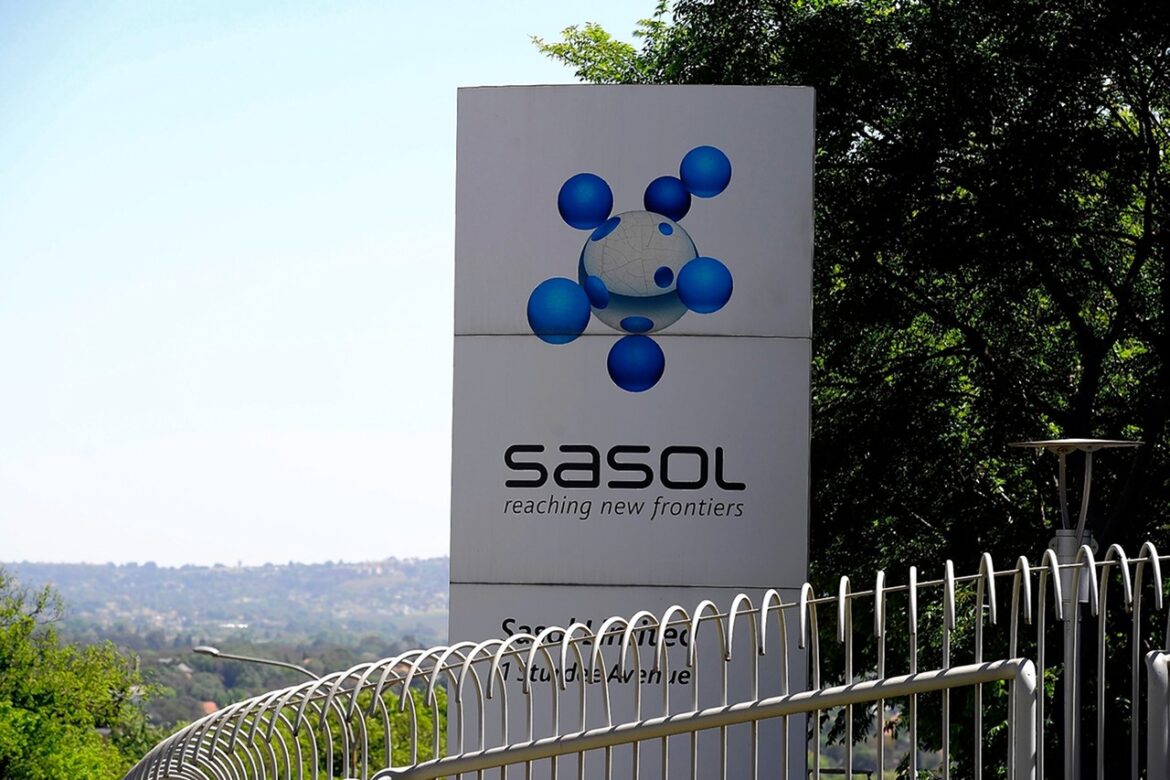Eskom and Sasol have signed a memorandum of understanding (MoU) to explore the introduction of liquefied natural gas (LNG) as a replacement for natural gas imports from southern Mozambique, which are expected to decline significantly by 2027.
The MoU was signed by Eskom CEO Dan Marokane and Sasol CEO Simon Baloyi during a ceremony at Eskom’s Megawatt Park, attended by Electricity and Energy Minister Dr. Kgosientsho Ramokgopa.
In early September, Sasol announced that the decline in gas supply from Mozambique had been postponed by a year, extending the current plateau until mid-2027, with efforts underway to extend it further to mid-2028.
However, Baloyi emphasized that this extension only temporarily delays the inevitable gas shortage from the Pande and Temane fields, reinforcing the need for LNG imports.
Baloyi stressed that LNG imports will be critical, as indigenous gas sources are unlikely to materialize in time. Sasol has committed to aggregating domestic demand to secure long-term LNG supply, though at higher prices compared to current gas costs.
“The extension gives us time to introduce LNG, and we must not waste this opportunity,” Baloyi said at the event, adding that Sasol’s plans would complement efforts by the Industrial Gas Users Association of Southern Africa to secure LNG.
Currently, non-Sasol domestic gas demand, mainly located in Gauteng and KwaZulu-Natal, is met through the Rompco pipeline from southern Mozambique. However, this demand alone is insufficient to secure competitively priced LNG. The MoU will explore the potential of “anchoring” this demand through gas-to-power (GtP) generation at repurposed coal plants near the Rompco pipeline.
Marokane noted that the MoU builds on existing infrastructure, particularly the Rompco pipeline, which will become redundant as Mozambique’s gas supply diminishes.
By importing LNG, Eskom and Sasol can leverage this infrastructure to meet inland demand without supplying open-cycle gas turbines that currently rely on diesel.
The MoU also provides Eskom with flexibility to accelerate its GtP strategy. The state-owned company has previously identified over 20 GW of potential generation projects, including 4 GW of GtP, with a 3 GW project planned for Richards Bay.
Eskom is also advancing its solar PV and battery storage projects at Komati and Lethabo power stations.
Minister Ramokgopa described the MoU as part of South Africa’s response to the looming gas supply crisis.
He stated that the government would support the initiative through international partnerships, including with Qatar, which has expressed interest in South Africa’s LNG ambitions.
Eskom and Sasol will also explore sourcing gas within South Africa, the Southern African Development Community (SADC), and other regions of Africa.
However, no specific projects or timelines were disclosed, with Marokane noting that the work will be pursued within the timeframe of the expected gas supply decline.
![]()




